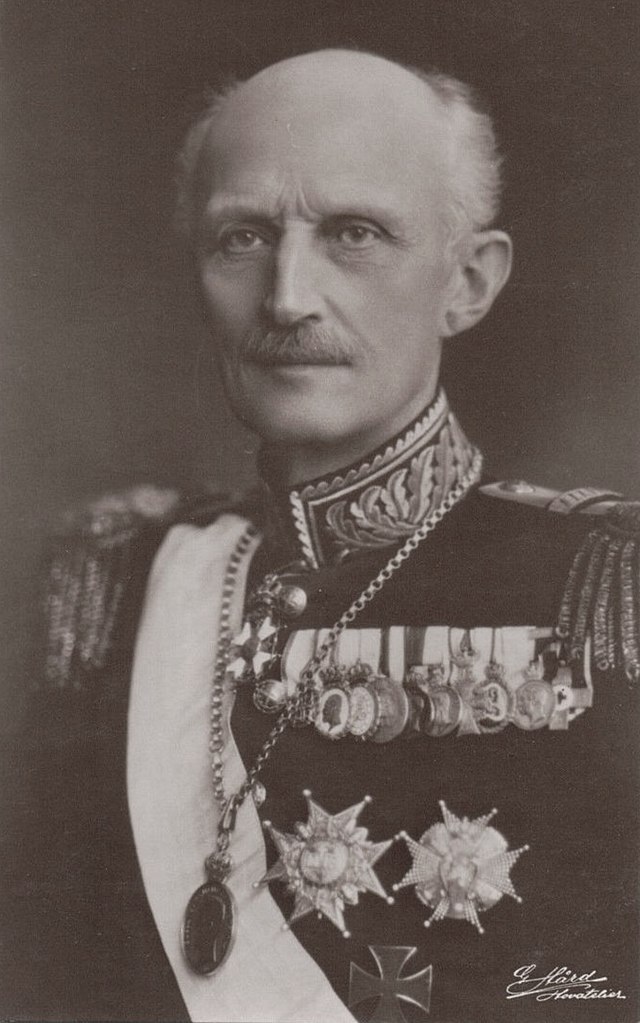Loading AI tools
Territory ruled by, or representing the title of, a duke or duchess From Wikipedia, the free encyclopedia
A duchy, also called a dukedom, is a country, territory, fief, or domain ruled by a duke or duchess, a ruler hierarchically second to the king or queen in Western European tradition.

There once existed an important difference between "sovereign dukes" and dukes who were ordinary noblemen throughout Europe. Some historic duchies were sovereign in areas that would become part of nation-states only during the modern era, such as happened in Germany (once a federal empire) and Italy (previously a unified kingdom). In contrast, others were subordinate districts of those kingdoms that had unified either partially or completely during the medieval era, such as France, Spain, Sicily, Naples, and the Papal States.
In France, several duchies existed in the medieval period, including Normandy, Burgundy, Brittany, and Aquitaine.
The medieval German stem duchies (German: Stammesherzogtum, literally "tribal duchy," the official title of its ruler being Herzog or "duke") were associated with the Frankish Kingdom and corresponded with the areas of settlement of the major Germanic tribes. They formed the nuclei of the major feudal states that comprised the early era of the Holy Roman Empire of the German nation (961–1806; in German: Heiliges Römisches Reich Deutscher Nation). These were Schwaben (Swabia, mainly the present-day German state of Baden-Württemberg), Bayern (Bavaria), and Sachsen (Saxony) in pre-Carolingian times, to which Franken (Franconia, at present the northern part of the German state of Bavaria) and Lothringen (Lorraine, nowadays mostly part of France) were added in post-Carolingian times. As mentioned above, such a duke was styled Herzog (literally "the one who is leading [the troops]").
In medieval England, duchies associated with the territories of Lancashire and Cornwall were created, with certain powers and estates of land accruing to their dukes. The Duchy of Lancaster was created in 1351 but became merged with the Crown when, in 1399, Henry Bolingbroke, Duke of Lancaster, ascended the throne of England as Henry IV. Nowadays, the Duchy of Lancaster always belongs to the sovereign and its revenue is the Privy Purse. The Duchy of Cornwall was created in 1337 and held successively by the Dukes of Cornwall, who were also heirs to the throne. Nowadays, the Duchy of Cornwall belongs to the sovereign's heir apparent, if there is one: it reverts to the Crown in the absence of an heir apparent and is automatically conferred to the heir apparent upon birth. These duchies today have mostly lost any non-ceremonial political role, but generate their holders' private income. During the Wars of the Roses, the Duke of York made a successful entry into the City of York, by merely claiming no harm and that it was his right to possess "his duchy of York."[1] Any feudal duchies that made up the patchwork of England have since been absorbed into the Royal Family. Other than Cornwall and Lancaster, British royal dukedoms are titular and do not include landholdings. Non-royal dukedoms are associated with ducal property, but this is meant as the duke's private property, with no other feudal privileges attached. At present, all independent (i.e., sovereign) duchies have disappeared.
The following duchies were part of the medieval Kingdom of Italy, which itself was part of the Holy Roman Empire:
All provinces of Sweden have the right to have a ducal coronet in their arms.[2][3] The king gives princes and princesses ducal titles of them. The current such royal duchies are:
Seamless Wikipedia browsing. On steroids.
Every time you click a link to Wikipedia, Wiktionary or Wikiquote in your browser's search results, it will show the modern Wikiwand interface.
Wikiwand extension is a five stars, simple, with minimum permission required to keep your browsing private, safe and transparent.